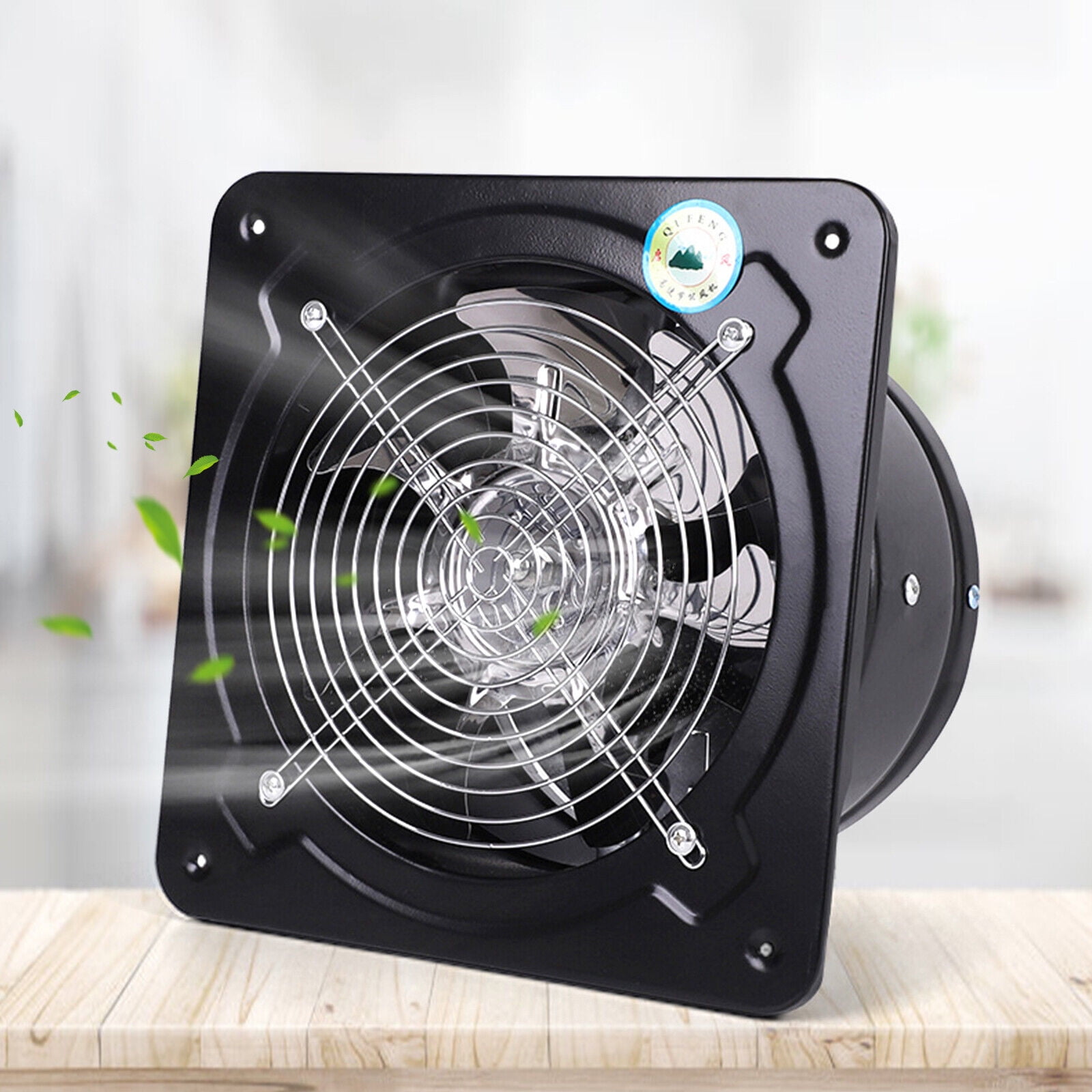Exhaust fan for kitchen is an essential component of any kitchen, as it helps remove unwanted odors, smoke, and excess heat, keeping the space clean and comfortable. There are different types of exhaust fans available, each designed to fit specific kitchen needs and ventilation requirements. In this comprehensive guide, we will explore the various types of exhaust fans for the kitchen, including wall-mounted fans, ceiling-mounted fans, range hoods, downdraft systems, and inline exhaust fans.
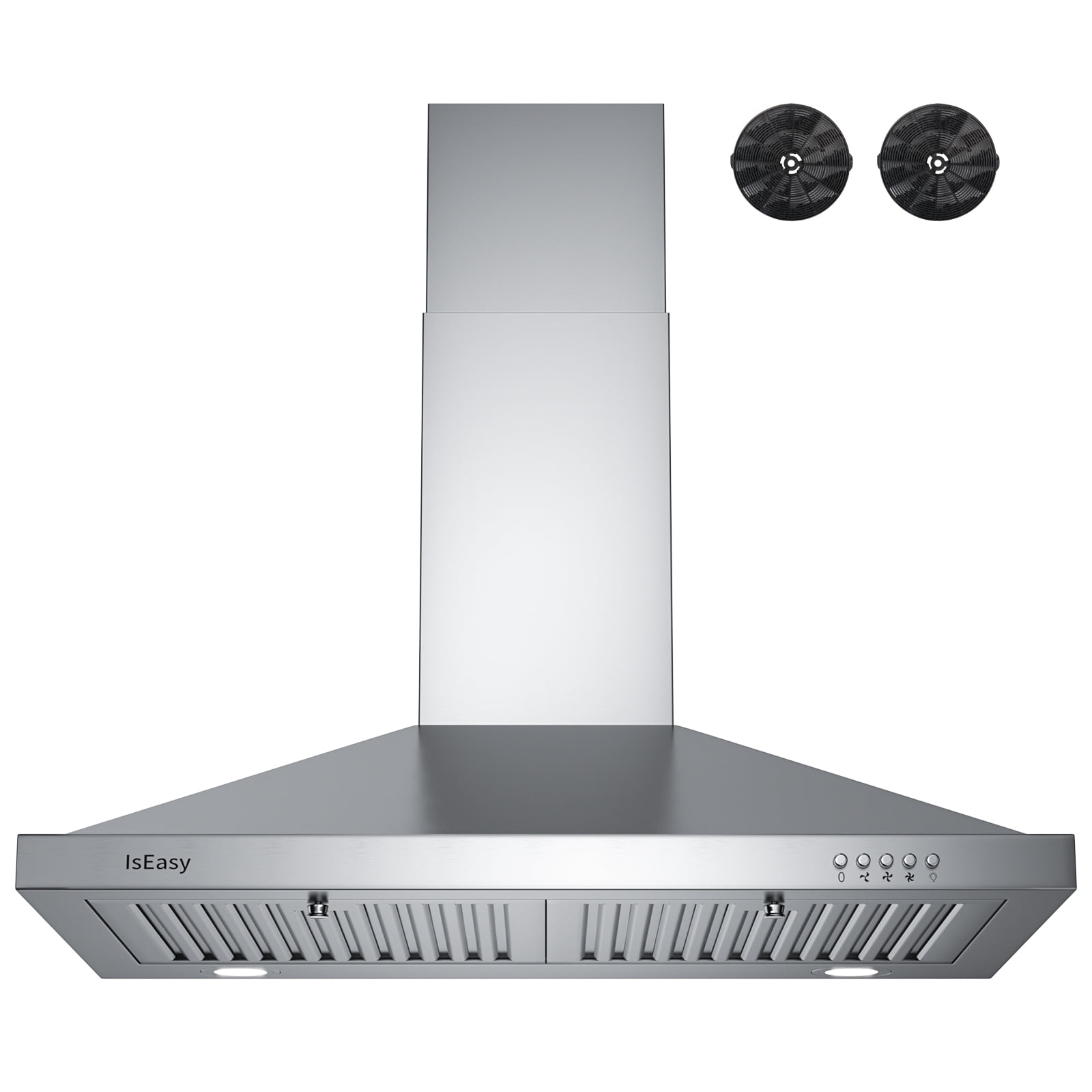
Understanding the Importance of Kitchen Exhaust:
Before delving into the different types of kitchen exhaust fans, it’s important to understand the importance of proper ventilation in the kitchen:
- Odor and Smoke Removal: Kitchen exhaust fans help remove odors and smoke produced during cooking processes, improving indoor air quality and creating a more pleasant environment.
- Heat and Humidity Control: Ventilation systems aid in dissipating excess heat and reducing humidity levels in the kitchen, making it more comfortable for cooks and preventing moisture-related issues like mold and mildew growth.
- Grease and Airborne Contaminant Removal: Proper ventilation systems help capture and remove airborne contaminants, such as grease particles, airborne pollutants, and volatile organic compounds (VOCs), ensuring a healthier and cleaner round island kitchen.
Now, let’s explore the different types of exhaust fans for the kitchen:
Wall-Mounted Exhaust Fans:
Wall-mounted exhaust fans are ideal for smaller kitchens or spaces where there is no direct access to the exterior. They are mounted on an exterior wall, usually near the stove or cooking area, and vent the air directly outside.
Benefits:
- Simple installation on an exterior wall.
- Effective in removing odors, smoke, and excess heat.
- Can be easily retrofitted into existing kitchens without major renovations.
Considerations:
- Limited air circulation range.
- May require additional resources for ductwork installation.
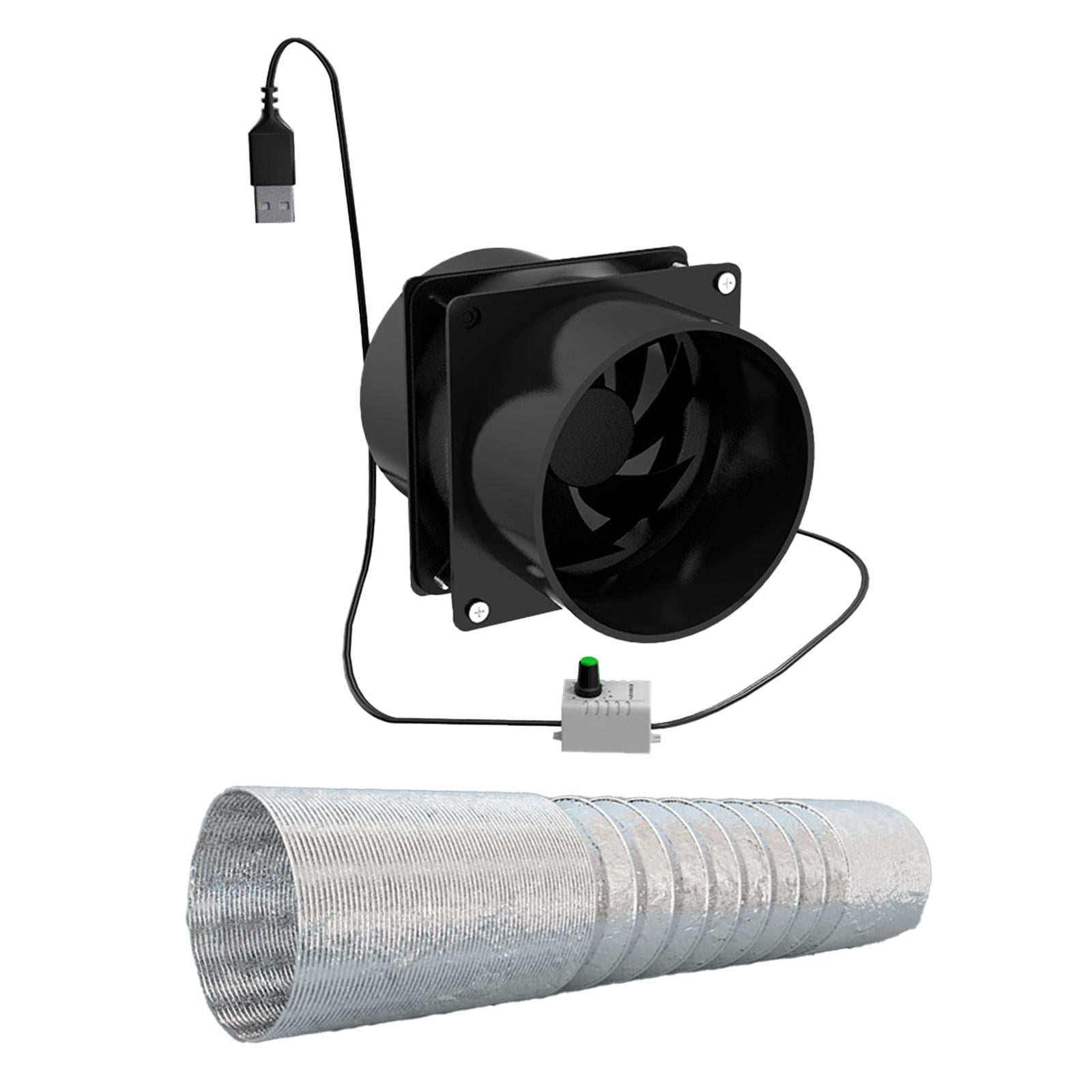
Ceiling-Mounted Exhaust Fans:
Ceiling-mounted exhaust fans, also known as inline fans, are typically installed in the ceiling and connected to ductwork that vents outside. These fans are often used in larger kitchens or commercial settings where there is a need for efficient ventilation across the entire space.
Benefits:
- Provides comprehensive ventilation coverage for larger kitchens.
- Offers versatility in venting options.
- Minimizes noise within the kitchen area.
Considerations:
- Requires proper ductwork installation.
- Installation may be more complex.
- May require additional space in the ceiling for the fan unit.
Range Hoods:
Range hoods are a popular choice for kitchens, especially those with stoves or cooking ranges. They are typically mounted above the cooking area and feature a built-in fan and filtration system. Range hoods come in various styles, including under-cabinet, wall-mounted, and island hoods.
Benefits:
- Removes smoke, odors, and airborne contaminants directly from the cooking area.
- Provides additional lighting for cooking tasks.
- Adds a decorative element to the kitchen.
Considerations:
- Requires installation skills and knowledge of local building codes.
- May require professional installation.
- Range hood size and suction capacity should match the size of the cooking area.
Downdraft Ventilation Systems:
Downdraft ventilation systems are an alternative to traditional overhead range hoods. Instead of drawing air upwards, they pull air down through vents located near the cooktop or range. Downdraft systems are often used in kitchen islands where traditional overhead venting may not be feasible.
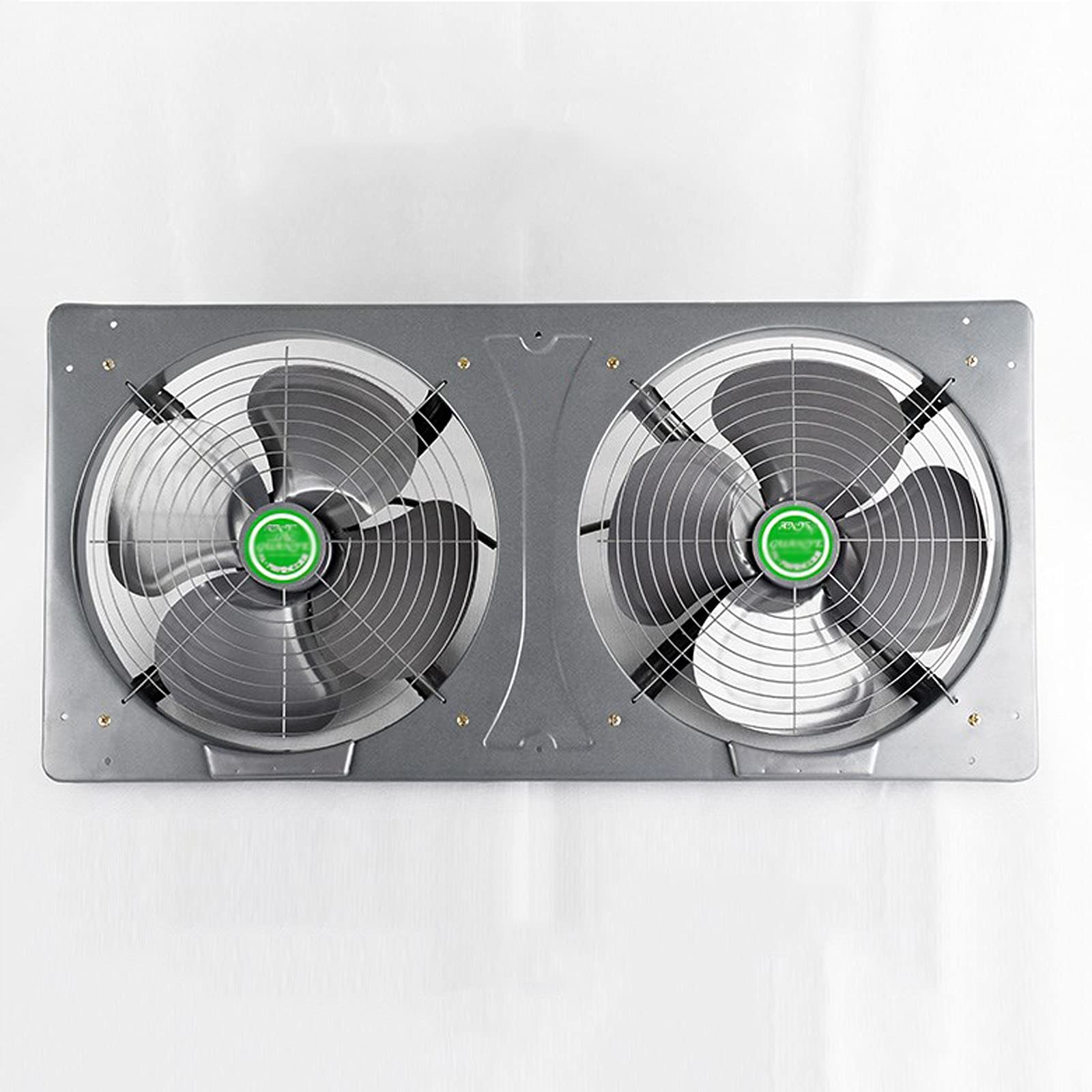
Benefits:
- Offers a sleek and unobtrusive design.
- Provides efficient ventilation in kitchen islands.
- Retractable nature eliminates the need for an overhead hood.
Considerations:
- Limited in terms of suction power.
- May require additional installation requirements, such as floor venting or custom ductwork.
- Not as effective in capturing rising steam or heat.
Inline Exhaust Fans:
Inline exhaust fan for kitchen, also known as duct fans, are installed within the ductwork rather than directly in the kitchen. They are designed to boost the airflow in large or complex ventilation systems, allowing for better air circulation and extraction.
Benefits:
- Can be used to enhance the efficiency of existing ventilation systems.
- Suitable for larger kitchens or commercial settings.
- Helps reduce noise by isolating the fan unit outside the living space.
Considerations:
- Requires professional installation.
- Appropriate sizing and positioning are crucial for optimal performance.
- May require additional ductwork modifications for installation.
Advantages of exhaust fan for kitchen
Exhaust fans are a vital component of any kitchen, offering numerous advantages in terms of ventilation, odor control, humidity management, and overall comfort. A well-designed and properly functioning exhaust fan helps improve indoor air quality, enhances the cooking experience, and maintains a healthy environment.
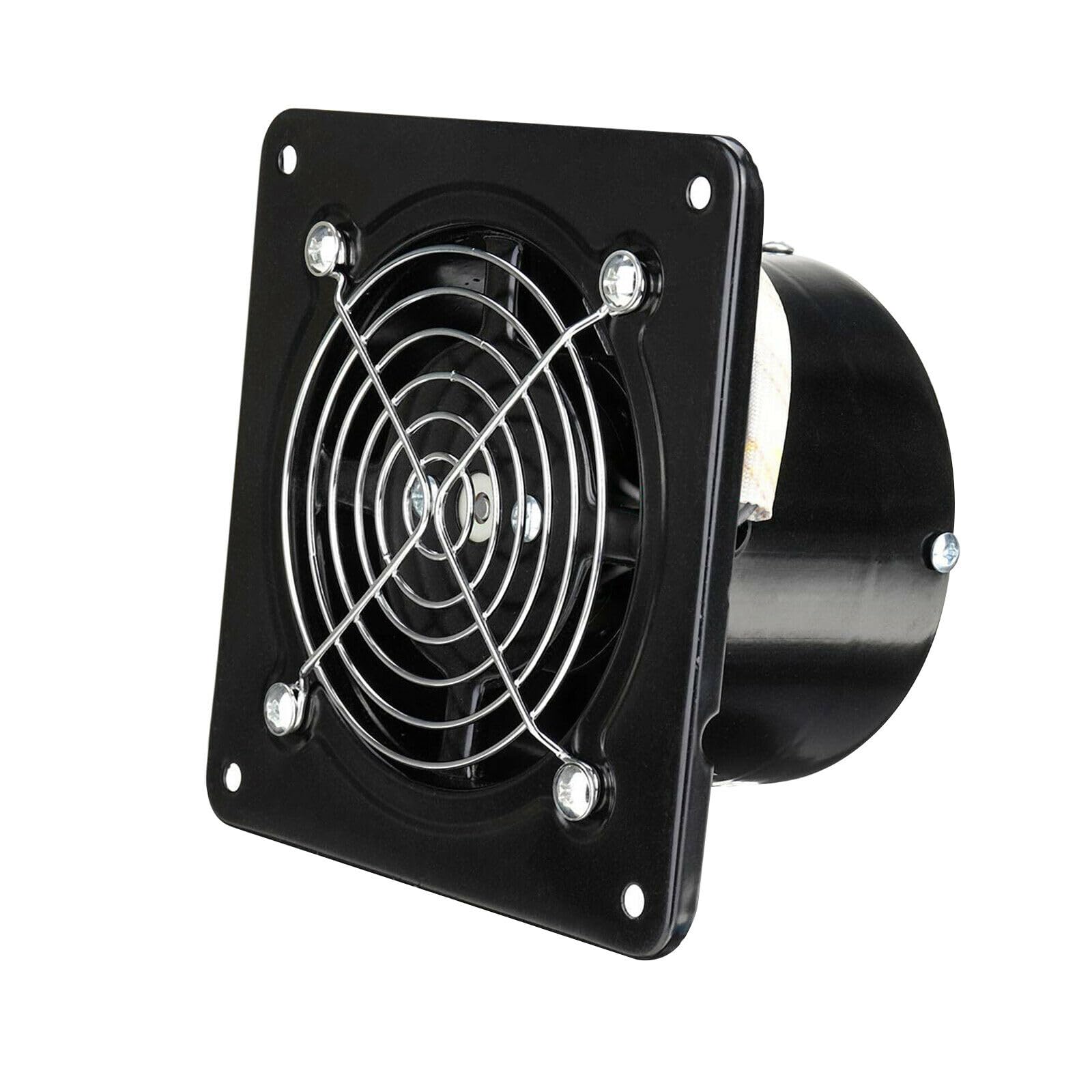
-
Removal of Odors and Smoke:
Improved Air Quality: Exhaust fans effectively remove cooking odors, preventing them from permeating other areas of the house. By swiftly extracting odor particles and smoke from the kitchen, they help maintain a fresh and clean atmosphere.
Smoke and Grease Reduction: Ventilation systems aid in capturing smoke and airborne grease particles that are produced during cooking processes. This not only eliminates unwanted odors but also helps prevent the buildup of sticky residue on kitchen surfaces and cabinetry.
Minimized Cross-Contamination: Properly installed exhaust fans help prevent the spread of cooking odors to other rooms, ensuring that living areas remain free from lingering smells and maintaining a pleasant environment throughout the house.
-
Heat and Humidity Control:
Increased Comfort: During cooking, heat can quickly accumulate in the kitchen island, making it uncomfortable for the cook and other occupants. By expelling the hot air and bringing in fresh, cooler air, exhaust fans help maintain a comfortable cooking environment.
Reduced Energy Usage: Effective heat dissipation through proper ventilation can lessen the reliance on air conditioning to cool down the cooking area, resulting in potential energy savings and reduced utility costs.
-
Removal of Airborne Contaminants:
Enhanced Indoor Air Quality: Cooking processes release various airborne contaminants, including volatile organic compounds (VOCs), carbon monoxide, and nitrogen dioxide. Exhaust fans help remove these harmful pollutants, protecting the indoor air quality and safeguarding the health of occupants.
Improved Respiratory Health: By extracting potentially harmful particles and reducing exposure to cooking byproducts such as smoke and gas emissions, exhaust fans create a healthier environment for occupants, particularly those with respiratory issues or sensitivities.
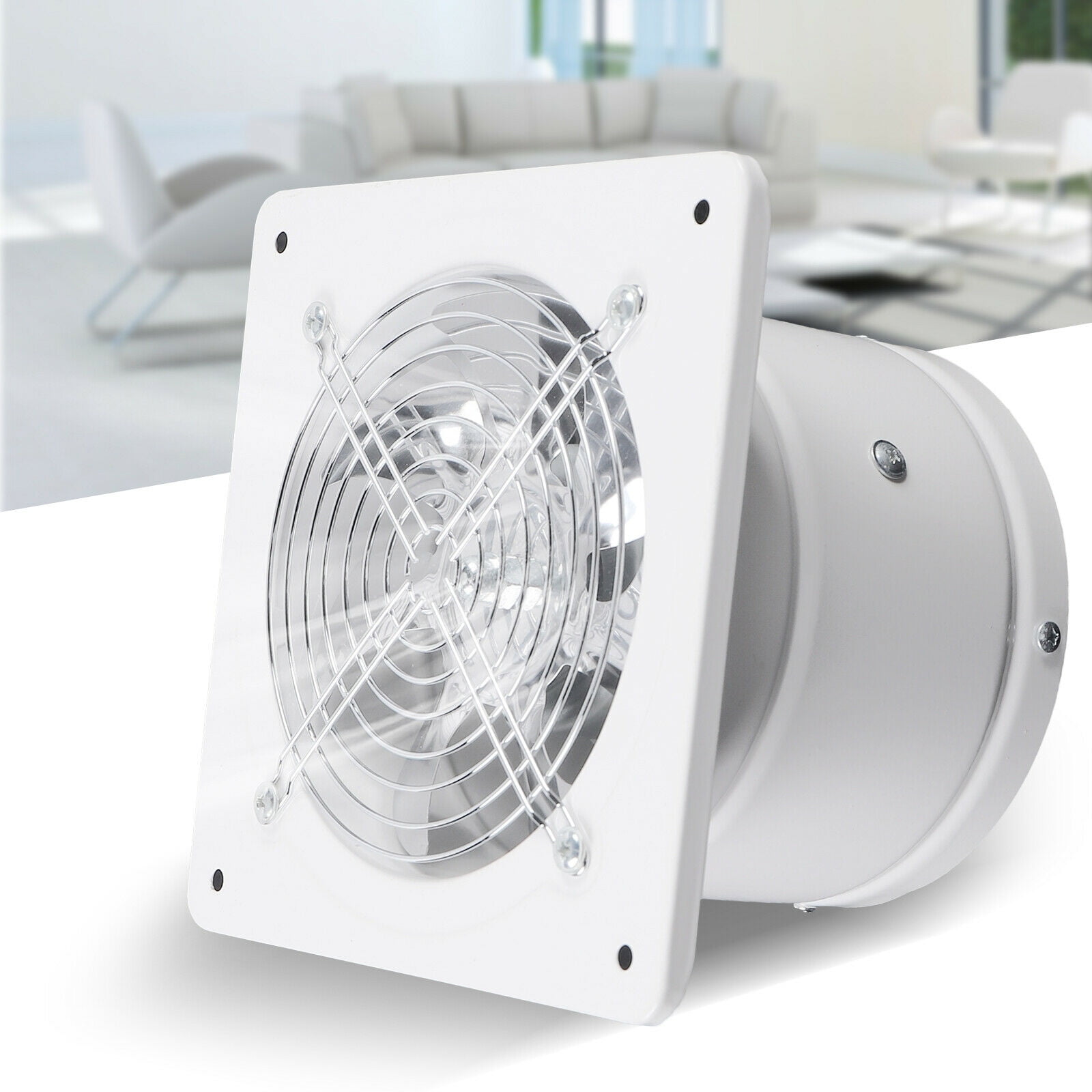
In conclusion
Selecting the right type of exhaust fan for your kitchen is essential to ensure proper ventilation, removal of odors and contaminants, and a comfortable cooking environment. Wall-mounted fans, ceiling-mounted fans, range hoods, downdraft systems, and inline fans each have their advantages and considerations. Consider factors such as kitchen size, layout, cooking habits, and aesthetics when choosing the appropriate exhaust fan for your kitchen needs. Properly installed and maintained exhaust fans contribute to a healthier and more enjoyable kitchen space.
